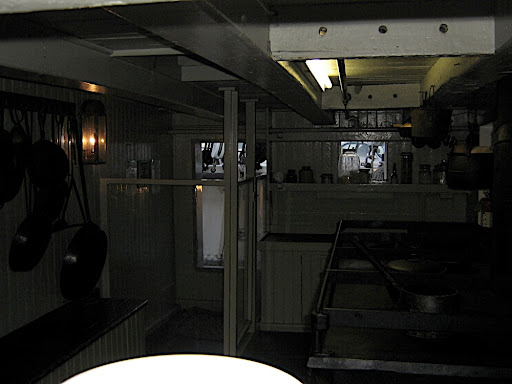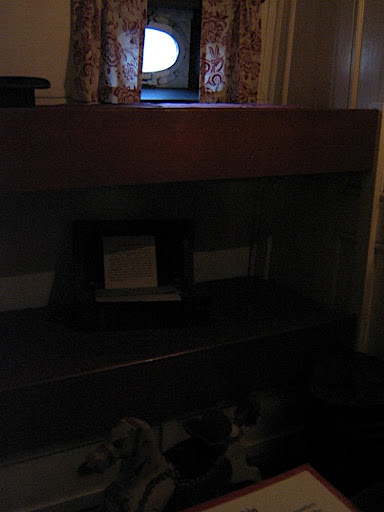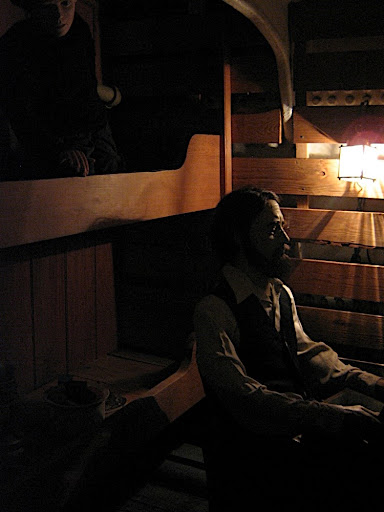Mrs. Stone Tells of Struggle To Save Husband on Mountain
---
Wife of Purdue President Saved by Chance as She Lost Grip Trying to Rescue Him From Abyss and Struck on Ledge on Bare Cliff
---
BANFF, Alb., July 29.--The theory of how Mrs. W. E. Stone, wife of the president of Purdue University, dangled at the end of a rope in mid-air and then dropped exhausted on a four-foot ledge, the only break in a precipitous cliff hundreds of feet high, after an unsuccessful attempt to save her husband, who had fallen into a crevice below, was revealed to-day in a dispatch received here from the correspondent of The Calgary Herald.
Mrs. Stone is now in an improvised camp on the mountain side recovering from the experience of lying on the tiny ledge for eight days without food or water until rescued by Rammer, a Swiss guide, who carried her down the steep mountainside to safety.
The correspondent told how she had watched her husband fall as they were attempting to climb Mount Eanon, and then attempted to lower herself with the rope in the hope of rescuing him.
The rope, however, was too short, and after hanging alongside the mountain and finding she was unable to pull herself back up, she let go, expecting to plunge to her death in the abyss below. Fate intervened and she landed on the narrow ledge, a drop of ten feet.
Members of the party that rescued Mrs. Stone are busy building a raft to convey her down the Marvel Lakes, the first stage of the fifty-five-mile trip to civilization....
--The New York Tribune, July 30, 1921
President Stone was almost 60 when he died, and the New York Times says Mount Eanon was over 10,000 feet high, and that Dr. Stone and his wife "virtually" made it to the top (being the first person to do so...he climbed ahead of his wife before he fell). Pretty impressive! The article paints a different picture of Mrs. Stone's journey, saying it as caused by hallucinations... They did retrieve his body, though.
Lighter news! Milk prices back in the day.

--The New York Tribune, July 30, 1921
Per this currency calculator, 18 cents in 1921 converts to $2.27 today. That works out to $9.08/gallon...I think that's more than milk costs even in New York today. (Though I reckon it was may have been fresher back in 1921, with the home delivery and all.)





























































